Bosch washing machine won't stop
 Typically, the machine obediently carries out the command given by the user: washes clothes, rinses, spins and notifies about the end of the process. An abnormal situation is when the washing machine does not stop, although the program should have completed long ago. What to do if you notice your “home assistant” is freezing? What could be the problem, how can I help the machine finish washing?
Typically, the machine obediently carries out the command given by the user: washes clothes, rinses, spins and notifies about the end of the process. An abnormal situation is when the washing machine does not stop, although the program should have completed long ago. What to do if you notice your “home assistant” is freezing? What could be the problem, how can I help the machine finish washing?
Why doesn't the equipment finish the job?
The “intelligence” of washing machines is quite developed. Several special programs are programmed in the memory, differing in water heating temperature and spin speed. Also, depending on the selected mode, the cycle duration changes. If the washing machine does not stop after the time set by the “brain”, then you need to look for a breakdown.
After waiting an extra hour after the moment when, according to plan, the washing should have ended, you can drain the water from the tank with your own hands (through the drain filter), open the door, and take out the laundry. It is important to test your Bosch washing machine to understand exactly at what stage of the cycle it slows down.
So, you will have to turn on the machine again and run the shortest program. After this, you need to observe, you will probably find out that:
- The machine takes too long to draw water. Perhaps the problem is low pressure or there is a blockage, kink, or defect in the inlet hose. The reason may lie in a “clogged” inlet filter or a faulty inlet valve. If there is a problem with the solenoid valve, the MCA will not begin to collect fluid and will emit a characteristic hum;
- The tank fills, but the water immediately goes down the drain. This can lead to endless washing. There are high chances that the washing machine is not connected to the communications correctly. The cause could also be a broken level sensor, which sends chaotic signals to the control module;
- Draining of waste fluid is delayed. Long drainage of water is often explained by clogged elements of the drain system or pump failure;
- The machine cannot heat the water to the required temperature for a long time. Heat transfer is disrupted by a layer of limescale on the heating element. It is also likely that the heater has simply failed;
- The washing machine freezes several times while running the program. Most likely, the electronics are malfunctioning;
- the drum does not reach the required rotation speed within the allotted time. Perhaps the matter is that the machine is “overloaded” with things or an imbalance. The problem may also lie in the engine or tachometer.
Careful observation of the operation of the equipment will help determine the cause of the freeze.
If you analyze the “symptoms of illness” of a Bosch washing machine, then it is quite easy to narrow down the range of possible breakdowns of the machine. Once the malfunction has been determined, equipment repair should begin.
Poorly organized drainage
First you need to check if there is water pressure in the tap. If it barely flows, this would be a logical explanation for the delay in washing. We'll have to wait until the supply is restored. In some cases, this will be the solution to the problem.
Another reason for “eternal” washing may be an incorrectly connected drainage hose. If it is simply stretched across the floor, water can be drawn into the tank and immediately go down the drain. The level sensor will send a signal about the shortage, the liquid will begin to fill again and instantly go down the drain.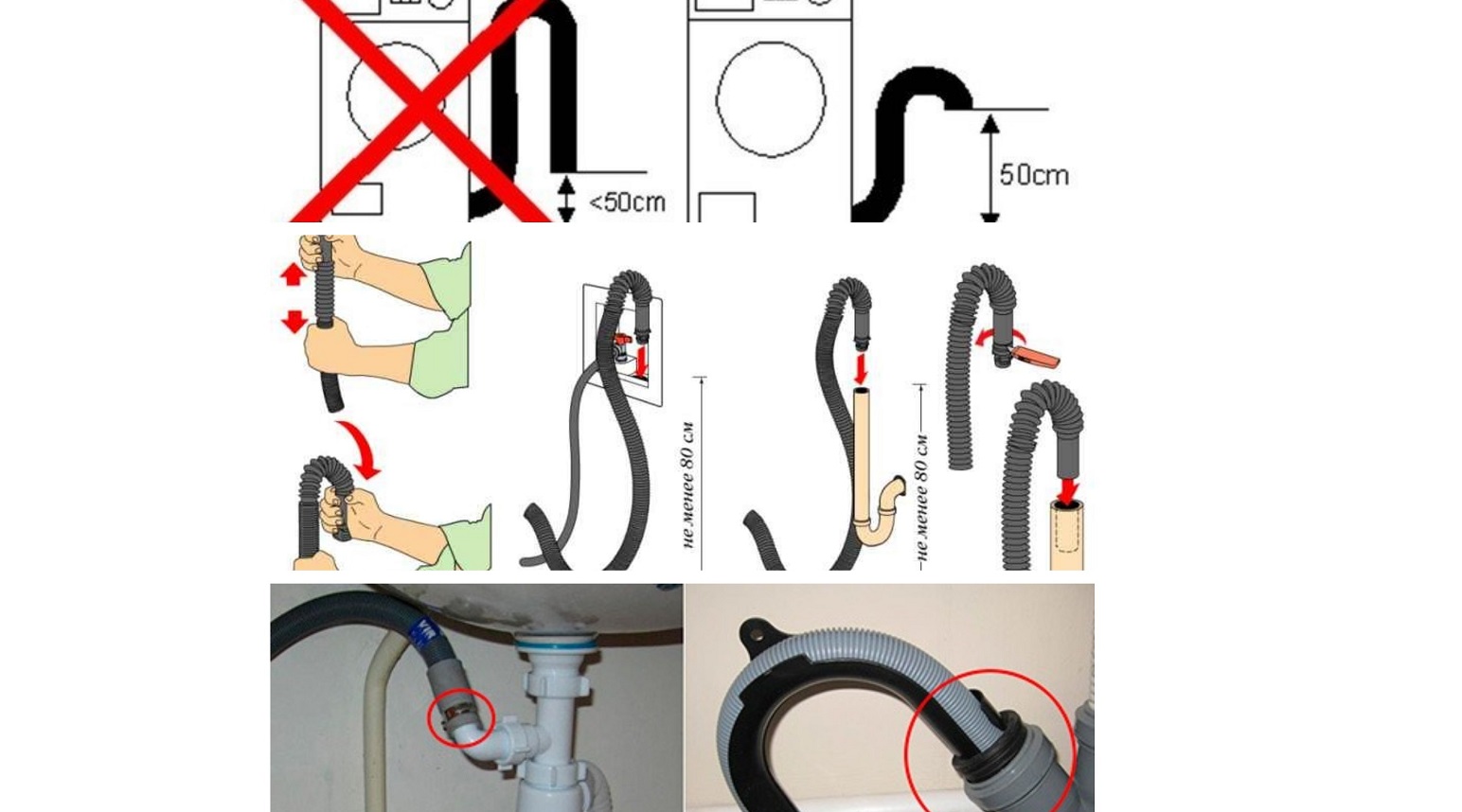
What to do in this situation? The solution is obvious - connect the drain hose correctly. It should be located at a level of half a meter from the floor. If you do not fix it at such a distance, the water will flow away by gravity.
In addition to uncontrollably rapid drainage, the cycle may be delayed due to the reverse. If the garbage filter, pump or drain pipe is clogged, water, on the contrary, cannot leave the system and the washing stops. In this case, the procedure will be as follows:
- Turn off the power to the machine, turn off the shut-off valve;
- Cover the floor under the washing machine with dry rags, prepare a container to collect water;
- Unscrew the garbage filter (water will flow out of the hole);
- wash the filter element;
- remove any debris that has accumulated there from the hole;
- screw the filter back on.
If cleaning the drain filter does not produce results, you will have to inspect the pump and pipe. To do this, you need to lay the machine on its side, loosen the clamp securing the tube, remove the pipe from the pump, wash it and put it in place. The drain pump is disassembled, cleaned and reinstalled.
Problems with water injection
Taking too long to add water can cause the cycle to slow down. First of all, inspect the inlet hose - the tube may be kinked or squashed. If everything is in order, you will have to check the incoming mesh filter. The algorithm of actions will be as follows:
- unplug the washing machine from the outlet;
- close the inlet valve;
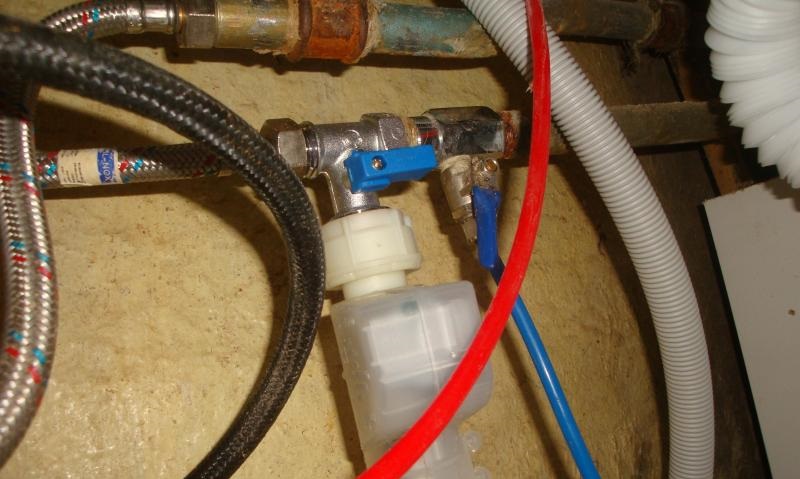
- disconnect the inlet hose from the housing;
- rinse the tube under the pressure of warm water (if possible, you can clean the cavity with a special cable);
- pull out the filter mesh (you will need pliers for this);
- clean the filter element from debris and dirt;
- put the mesh in its original place;
- connect the inlet hose.
If the pressure in the system is normal, the filter mesh is not clogged, the inlet hose is not clogged, and water is not being collected, it makes sense to check the inlet valve.
To inspect the solenoid valve, remove the top cover of the MAS. You can check the element by applying a voltage of 220 Volts to its coils, or using a multimeter. If a malfunction is detected, the device will have to be replaced.
The machine “will not understand” how much water
The cycle can continue “indefinitely” due to a broken level sensor. The pressure switch sends incorrect data to the washer’s “brain” or does not work at all. As a result, the control module does not know that there is enough water in the tank and does not give a signal to start washing.
To replace an element with your own hands, you need to:
- remove the top cover of the Bosch SMA case;
- find level sensor;
- disconnect the contacts leading to the pressure switch;
- remove the pressure hose, remove the mounting bolt;
- install a working element, connect the disconnected wires and tubes in the reverse order.
Simple diagnostics will help you understand whether the pressure switch needs to be changed. To check the part, you should find the water level sensor and remove the tube from it. Then you need to attach another tube of a suitable size to the fitting and blow into it. Clicks should be heard; if not, the element is faulty.
Inlet valve
As mentioned earlier, the reason the wash stops may be a broken magnetic valve. It happens that the membrane of the element “wedges” and water does not begin to flow into the tank or is filled uncontrollably. The part cannot be repaired; the coil will have to be replaced. This is done as follows: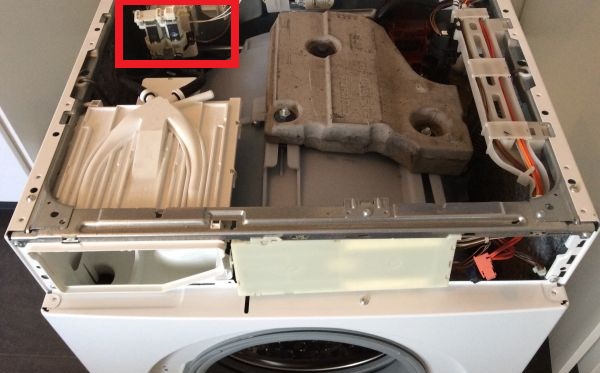
- remove the top cover;
- find the inlet valve, it is located at the rear panel of the case;
- disconnect the wires and hoses from it;
- unscrew the mounting screws;
- remove the defective valve;
- Place the workpiece, secure it in place, connect the wires and hoses.
If checking the elements of the drain and fill system does not produce results, you will have to go even deeper. The electronic module may need to be repaired or the heating element replaced. Let's figure out how to proceed.
Parts responsible for heating water
Heaters installed in Bosch washing machines are sensitive to hard water. Over time, without proper care, a layer of scale forms on their surface. This disrupts heat transfer from the heating element. It takes a long time for the water to heat up to the desired temperature, so the wash takes tens of minutes.
To check the health of the heating element, you will need a multimeter.
The first step is to remove the heating element. For this:
- remove the top cover, remove the back panel of the case;
- disconnect the wiring from the heater;
- loosen the fixing nut;
- push the screw inward;
- remove the heating element from the washing machine.
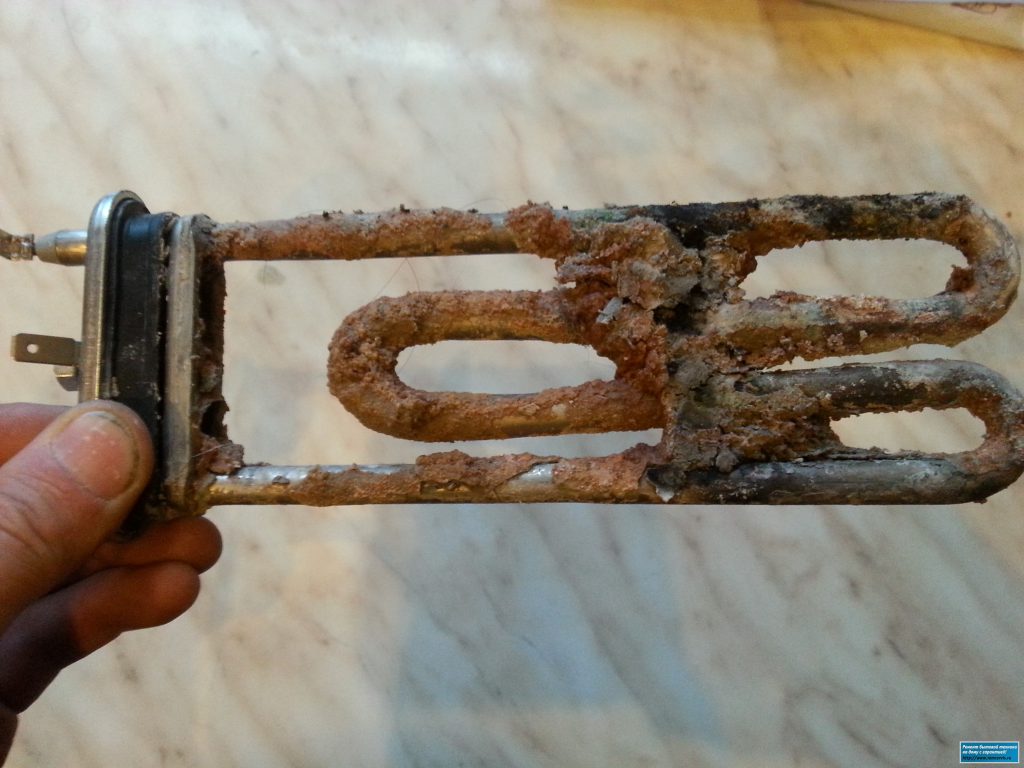
The heating element is tested with a multimeter. If everything is fine, you can do it yourself descale it. In the fight against limescale, both “folk” remedies and special household chemicals are equally good. It would be a good idea to check the temperature sensor. If a thermostat malfunction is detected, it will have to be replaced.
Electronic "brain"
The probable cause of the Bosch SMA freezing is damage to the electronics. The control module does not work correctly when the triac burns out, the firmware fails, or the soldering of the tracks is defective. There is no need to delve into the “brain” of the machine on your own without sufficient knowledge.
You can remove the control unit and inspect it for visible defects. Burnt elements and tracks will be noticeable even to an inexperienced user.It is better to entrust board repair to a specialist.
Interesting:
Reader comments
- Share your opinion - leave a comment
Categories
Washing machine repair


For buyers

For users

Dishwasher



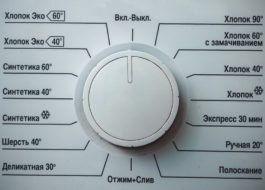

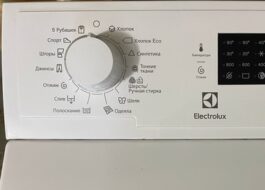











Add a comment